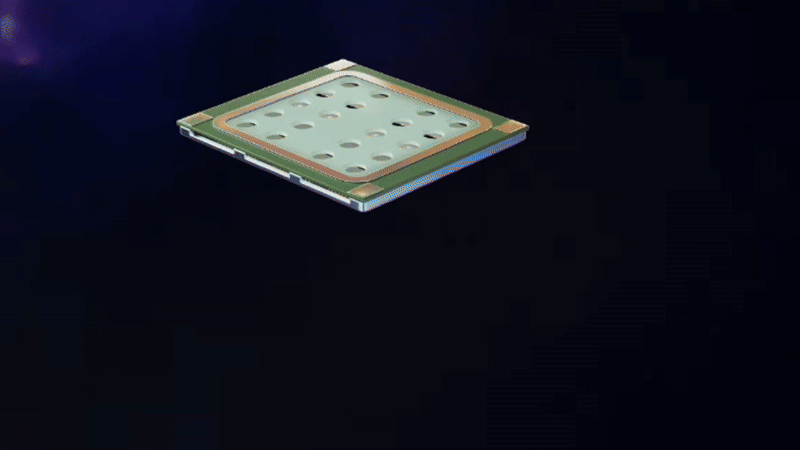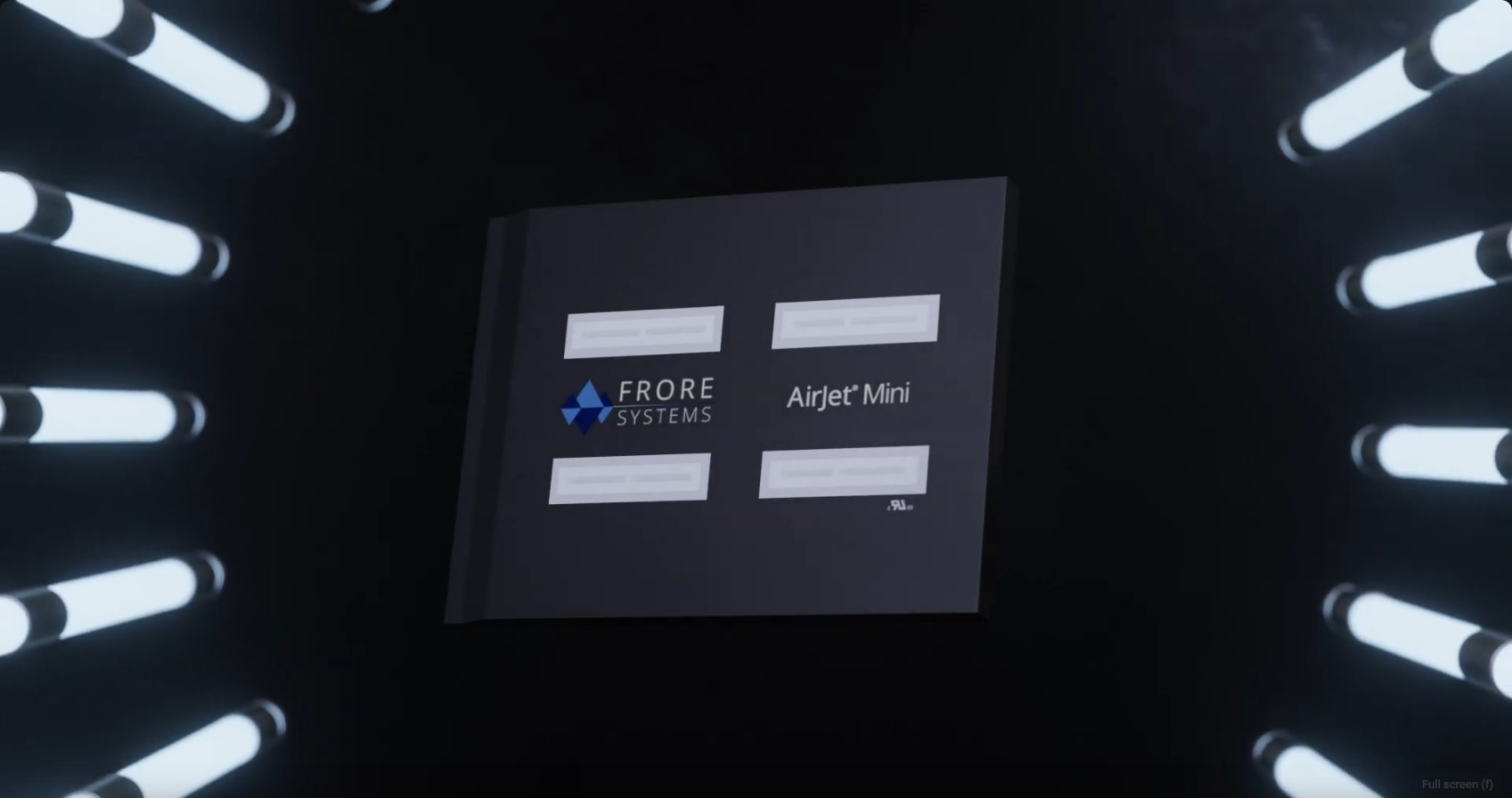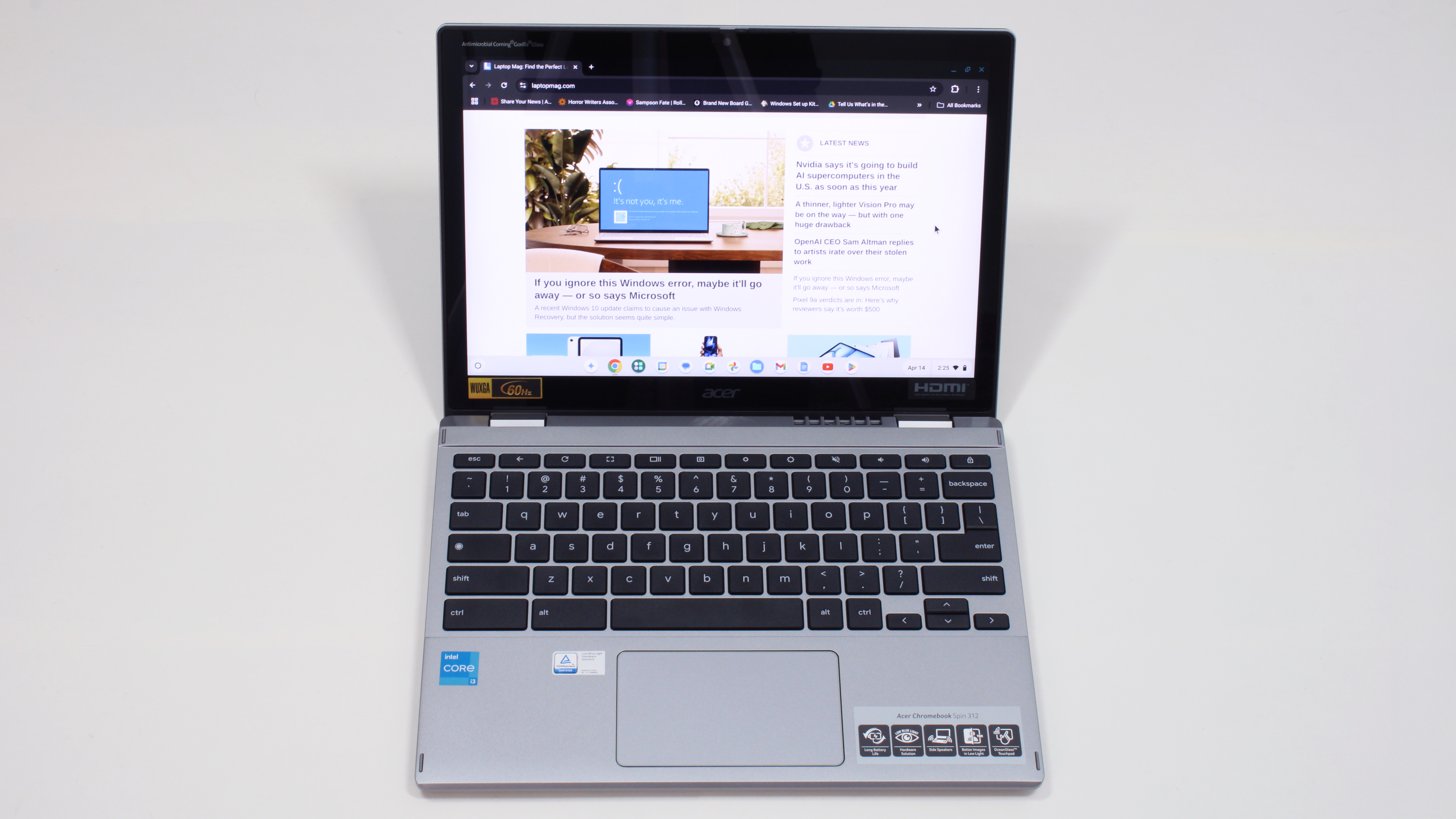A 1mm fan inside your laptop's hard drive? Here's how the micro xMEMS fan works
A 1mm chip that makes laptops cooler, quieter, and faster? Count us in.

A fan so small and silent that it fits inside your laptop’s SSD. It’s an idea that might sound somewhat farfetched, but xMEMS Labs, known for making solid-state speakers for earbuds, has managed to pull it off with its µCooling chip.
This isn’t your typical thermal management solution. Originally built for data center applications, xMEMS has now expanded the technology to support active thermal management for laptops.
Effectively keeping SSDs cool from the inside out, µCooling is a microscopic air pump that lives right on top of the drive, blowing cool air over the parts that tend to overheat. It’s small, silent, and smart. And yes, it works.
Why your SSD needs to chill
Let’s say you’re installing a massive game or exporting a big video project. If your laptop suddenly slows to a crawl halfway through, it might not be your CPU or RAM to blame. It could well be your SSD getting too hot.
Today’s SSDs use a fast connection called PCIe (Peripheral Component Interconnect Express), which lets them move data at lightning speeds of up to 7,000MB per second.
But with that speed comes a lot of heat, and if the drive gets too hot, it slows itself down to avoid damage. This is a frustrating phenomenon called thermal throttling, and laptop manufacturers are constantly looking for workarounds to it.
While most laptops rely on system fans or metal heat spreaders to cool their SSDs, that doesn’t cut it anymore, especially in slim devices where airflow is limited. That’s where µCooling could make a real difference.
Sign up to receive The Snapshot, a free special dispatch from Laptop Mag, in your inbox.
What exactly is µCooling?
µCooling (“micro-cooling”) is a solid-state fan-on-a-chip that uses piezoelectric membranes — super-thin layers that vibrate at ultrasonic speeds — to move air. It’s like a microscopic air pump, sealed in a chip no bigger than a fingernail.
At just 1 millimeter thick, µCooling is small enough to fit on an SSD without changing its size or design. It doesn’t spin, make noise, or wear out like traditional fans. But it still pushes air over the SSD’s hottest components, the controller and flash memory, where heat builds up.

According to xMEMS, µCooling can reduce SSD temperatures by 18–20% and reduce heat build-up resistance by 30%. That could mean dropping a drive from 80°C down to 64°C, or the difference between throttling and full speed. It also means your storage runs cooler for longer, even under heavy workloads. For everyday laptop users, this translates to:
- Faster game installs and file transfers.
- Fewer slowdowns when multitasking.
- Longer sustained performance in ultrabooks or fanless laptops.
- Less heat bleeding into other components, such as the battery or CPU.
And because µCooling only uses around 30 milliwatts of power, it won’t sap your battery life. Plus, it’s completely silent: The membranes vibrate above 20 kHz, which is beyond the range of human hearing.
How it stacks up against AirJet
If this sounds familiar, you might be thinking of Frore Systems’ AirJet, another solid-state cooling tech that’s also currently making headlines. AirJet is more powerful (capable of cooling processors and other hot components), but it’s also way bigger and typically added on top of CPUs.
µCooling, by contrast, is purpose-built for SSDs. It’s smaller, lighter, and designed to be embedded directly on the drive itself. It may not move as much air as AirJet, but it’s far easier to integrate into thin laptops, especially those with a premium space.

xMEMS is already working with SSD manufacturers, with full production slated for early 2026. While no laptops have officially launched with µCooling yet, it might only be a matter of time before this tiny tech shows up in next-gen gaming notebooks and ultra-thin laptops.
So if your next laptop loads games faster, stays cooler, and runs whisper-quiet, you might have the world’s smallest fan to thank.
More from Laptop Mag

Luke is a freelance writer and journalist. Although his background is in legal, he has a personal interest in all things tech, especially hardware and microelectronics, and anything regulatory. Aside from Laptop, he contributes to publications including All About Circuits and EE Power.
You must confirm your public display name before commenting
Please logout and then login again, you will then be prompted to enter your display name.

